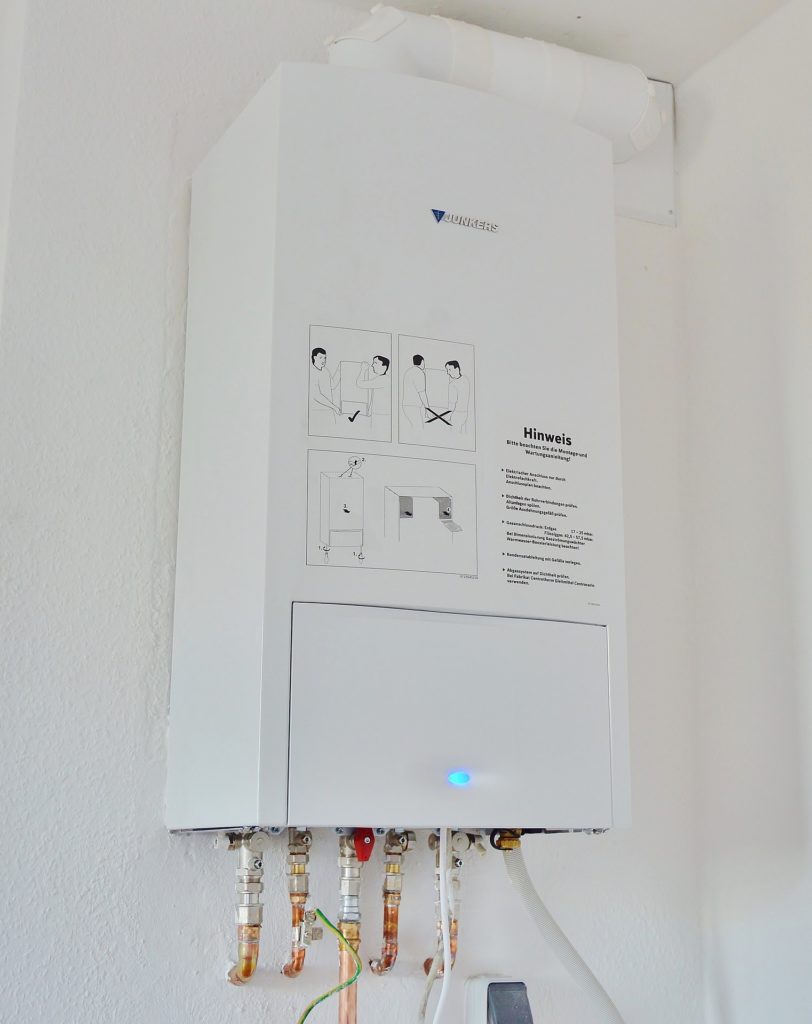According to the American Council for an Energy-Efficient Economy, the average household spends more on water heating than any other energy cost besides heating and cooling. That water heater tank hidden in your closet or down in your basement is working non-stop to keep the water warm and to heat up the cold water that refills it after each use. You don’t need to switch to cold showers to save money—you can reduce your costs greatly by taking a handful of simple steps.
Step 1:
Don’t heat water more than you need: Check the thermostat on your water heater to ensure that it’s not hotter than it needs to be— 120 degrees is plenty hot. If the thermostat doesn’t show temperatures, set it midway between the low and medium setting.
Step 2:
Keep the heated water hot: If your water heater is an older model*, wrap your hot water tank with an insulating blanket and wrap the hot water pipes with insulating tape or foam. These materials are available at hardware and home improvement stores, and this energy fix takes just a few minutes to do. (See video below.)
*Some newer, more energy efficient models are already sufficiently insulated so the manufacturer recommends not to wrap them in a blanket.
Step 3:
Use less water without changing habits: Install modern “low flow” heads on your shower and aerators on your sink faucets. These efficient fixtures are easy to install (see video below). All you have to do is just screw them on, and they will use less than 1.5 gallons per minute instead of 2.5 gallons or more for older models.
Materials for the Job:
- 1 water heater blanket
- 1 package of foam tubing
- 1 roll of metal tape
- 1 low flow shower head
- Faucet aerators (1 per bathroom, plus kitchen sink)
Newer Generation of Water Heaters
New water heaters are much more efficient than older generations. An average water heater will last about 10-15 years, so when it’s time for a replacement, look for the Energy Star label to ensure you are getting the most efficient one. New types of “tankless water heaters” that produce hot water only when you need it may also be worth a look. These are commonly used in Europe and are a sensible alternative to keeping a full tank of hot water on hand at all times, even when you’re asleep or away.

Additional Resources:
American Council for an Energy-Efficient Economy: Advice on replacing your water heater
American Council for an Energy-Efficient Economy: More energy saving tips
